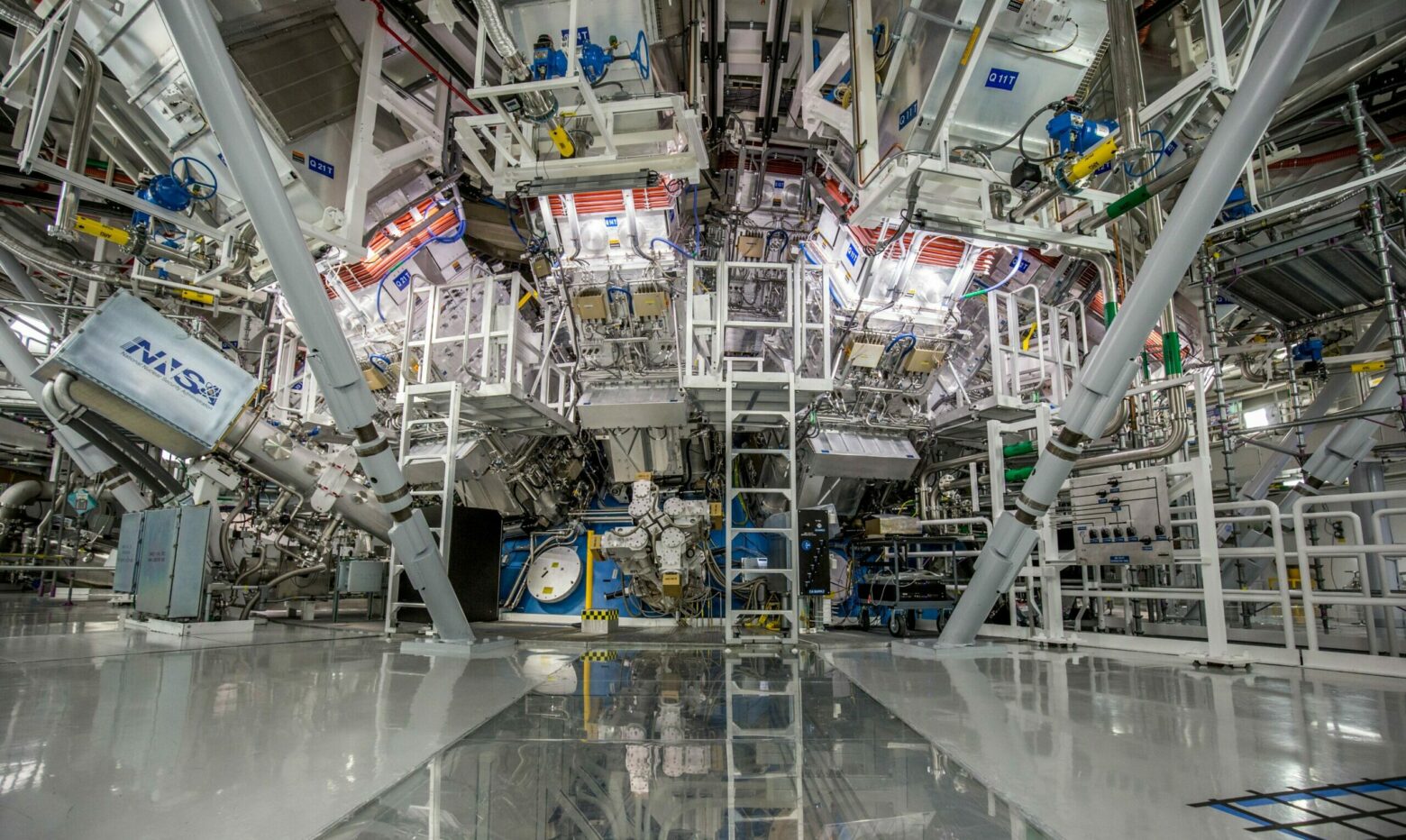Nuclear fusion is further away than we think, but it must be supported

In Foreign Affairs, Mariana Mazzucato writes that there is too much optimism about nuclear fusion. But it is still a potentially game-changing technology, and better public policies are needed. Marco Mayer's intervention
Foreign Affairs magazine hosted an article by Mariana Mazzucato which addresses a highly topical issue: which public policies to adopt in the matter of nuclear fusion?
MCKINSEY'S EXAGGERATED OPTIMISM
The text, A Long Way From Nuclear Fusion , distances itself from the overly optimistic approach fueled (as is usually the case also to promote other business segments) by the consulting firm McKinsey .
Mazzucato's thesis is that the practical application of nuclear fusion is further behind than one would like to believe, because the main research projects in progress are not based on sufficiently solid technical-scientific foundations.
THE LAWRENCE LIVERMORE LAB EXPERIMENT CRITICISM
The first case examined is the one conducted by the Lawrence Livermore military laboratory in California , a facility that usually deals with atomic bombs. Mazzucato's criticism is that the Livermore scientists may have overestimated the success of one of their recent experiments.
In particular, it would not have been fair to state publicly that the reaction created more energy than it used because in their calculation the researchers did not take into account the high energy consumption of the lasers that made the experiment possible, as authoritative physicists have pointed out. Therefore the total of the total energy used in the experiment is greater than that produced.
This does not detract from the value of the result itself, but also highlights new difficulties to overcome. For those who want to learn more about the technical implications related to these aspects, I suggest reading a recent popular article by prof. Giorgio Einaudi, former scientific attaché of the Italian Embassy in Washington.
THE ITER PROJECT ON NUCLEAR FUSION
The second research program that Mariana Mazzucato targets is the European/International ITER project . The acronym stands for International Thermonuclear Experimental Reactor and actually foresees the construction of an experimental reactor in the south of France.
The idea dates back to a meeting between Presidents Reagan and Gorbachev way back in 1985, but construction work (still ongoing) began in 2013, and further delays are in sight. Some scientists have challenged the very feasibility of ITER by pointing out the great difficulty of tritium supply, as for example reported by the journal Science . Another widespread criticism among researchers concerns the very high costs of the project, estimated at 65 billion dollars.
WHERE TO DIRECT PUBLIC EXPENDITURE
The article concludes by proposing a different approach by governments to investments in applied research on fusion, because concentrating all the enormous public resources on ITER or even on Livermore has too high a risk of failure.
Even if nuclear fusion will take longer than expected, according to Mazzucato it is essential to re-orient public spending towards long-term programs (in which private individuals are not yet interested) which develop on a decentralized and more transparent basis. In practice, it is a question of encouraging a network of research hubs.
If it is true that fusion is not a response to the drama of climate change in the short term, it nonetheless – albeit further away than announced – stands out as the ideal solution.
WHAT ITALY DOES ON NUCLEAR FUSION
In Italy the MIUR, ENI, ENEA and the CNR are an active part of ITER, a project which is also significantly financed by the EU.
Where are we in Italy? I think that Italian researchers, universities, publicly-owned companies and the government (ministers Anna Maria Bernini and Adolfo Urso in primis) should draw inspiration from an article in an authoritative journal such as Foreign Affairs to carry out a survey of the state of the art and – should some criticisms prove to be founded – bring any corrections.
Inspired by our country's great scientific tradition in the field of atomic research, Italy must once again play a leading role in a decisive field for future generations. To this end, I conclude by citing a new line of research (from space) in the field of fusion that has developed within NASA and to which Italy could perhaps usefully link up.
This is a machine translation from Italian language of a post published on Start Magazine at the URL https://www.startmag.it/energia/fusione-nucleare-mazzucato-foreign-affairs/ on Wed, 01 Feb 2023 05:53:06 +0000.
